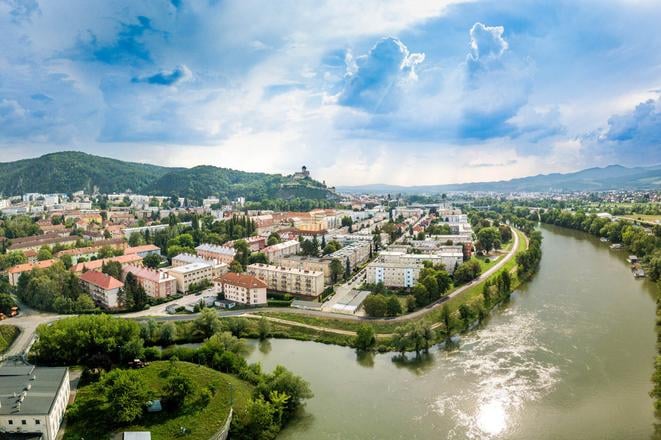With its fortress-like castle looming over the Váh River and a reputation as one of Slovakia’s most historic cities, Trenčín is preparing for a role it has never played before: in 2026, it will become a European Capital of Culture, sharing the title with the city of Oulu in Finland.
The honour, one of the European Union’s most prestigious cultural designations, is intended to spotlight cities that may otherwise fall outside the continent’s cultural map. It is only the second time a city in Slovakia has been chosen – Košice held the title in 2013.
The year-long programme will officially begin on 5 December 2025, when Chemnitz, Germany, and Nova Gorica, Slovenia, pass the symbolic baton. Trenčín will then launch its own opening festivities in February 2026, with a three-day ceremony centred on Valentine’s Day. The motto, “Cultivating Curiosity,” organisers say, will guide everything from art exhibitions and concerts to community projects in neighbourhoods across the city.
Organisers said the opening ceremony will not only “open the gates of the castle,” but – in keeping with the "curiosity" motto – also open the minds of residents and visitors.
The European Capital of Culture initiative dates back to 1985, when Athens became the first city to hold the title. Since 2004, after the European Union expanded to include eight countries in central and eastern Europe, the programme has typically recognised two cities each year: one from an older member state, another from a newer one – although in 2026, both will be new-ish (Finland joined the EU in 1995).
For Trenčín, a city of just under 55,000 residents, the recognition brings both opportunity and responsibility. The challenge, officials say, is to translate the honour into lasting benefits – both for tourism and for the city’s cultural infrastructure – while avoiding the pitfalls of overreach or neglect.



